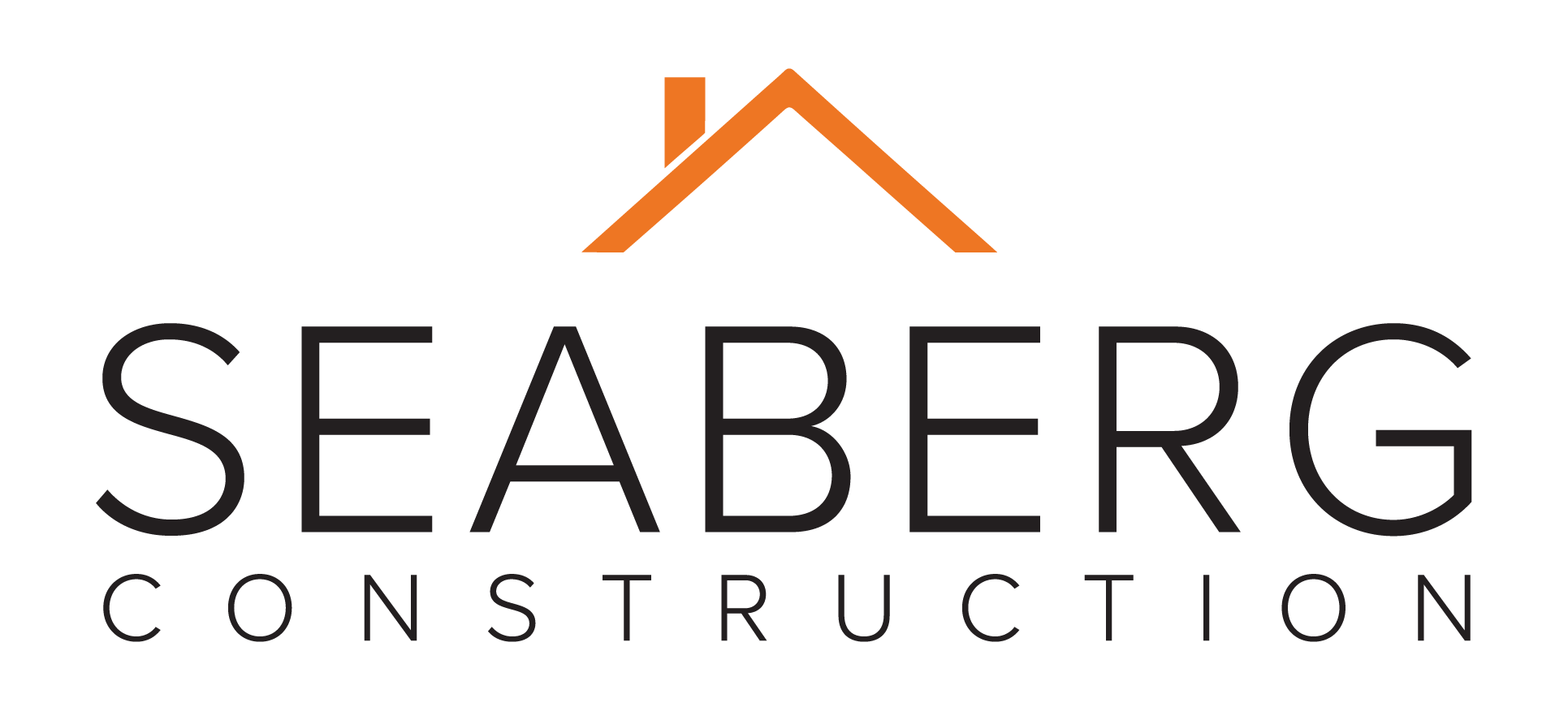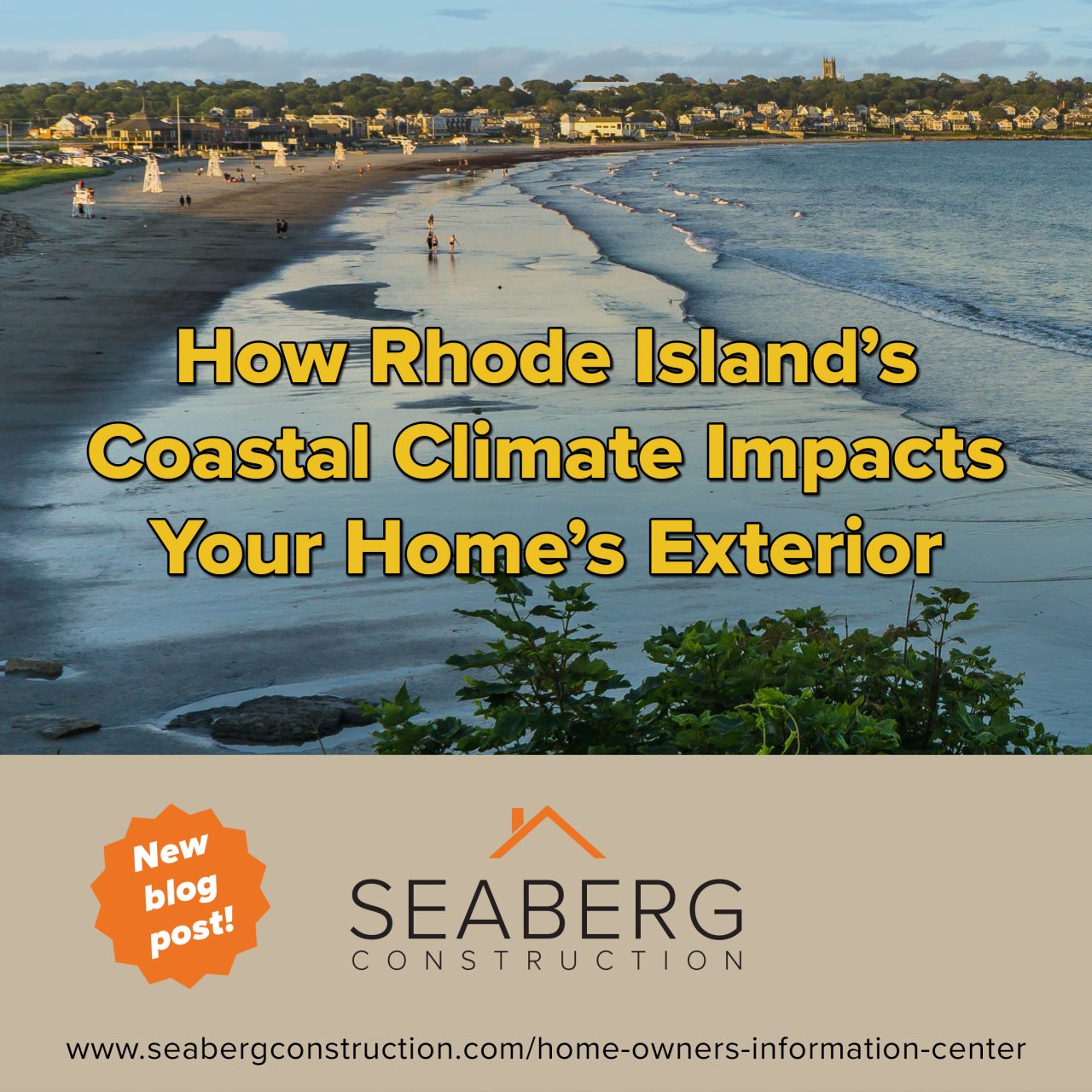How Rhode Island’s Coastal Climate Impacts Your Home’s Exterior
Rhode Island’s breathtaking coastline, scenic views, and ocean breezes make it an attractive place to live. However, the state’s coastal climate also brings unique challenges for homeowners. From salt air corrosion to high winds and fluctuating temperatures, the environment can take a toll on your home’s exterior. Understanding these impacts and taking preventative measures can help protect your home’s siding, roofing, foundation, and more.
Rhode Island: The Smallest State with an Expansive Coastline
Rhode Island may be the smallest state in the U.S., covering just 1,214 square miles, but it boasts an impressive 400 miles of coastline along the Atlantic Ocean. This extensive coastal exposure makes homes particularly vulnerable to the effects of salty air, strong winds, and moisture-related issues. Whether you live directly on the waterfront or several miles inland, the ocean’s influence can significantly impact your home’s durability and maintenance needs.
1. Salt Air Corrosion: A Hidden Threat
One of the most significant challenges for homes near the coast is salt air corrosion. Salt particles carried by the wind settle on various surfaces, accelerating the breakdown of materials such as metal, wood, and even some types of siding. This can lead to rust, discoloration, and deterioration over time.
How to Protect Your Home:
- Opt for corrosion-resistant materials such as vinyl, fiber cement, or aluminum siding.
- Regularly wash your home’s exterior to remove salt buildup.
- Apply protective coatings to metal elements like railings and light fixtures.
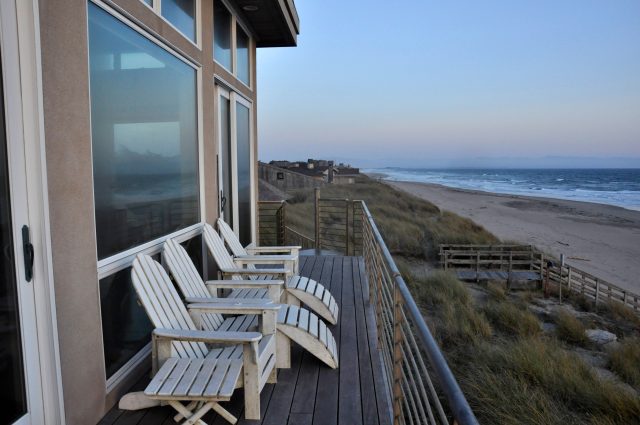
2. High Winds and Storm Damage
Rhode Island is no stranger to strong coastal storms, including nor’easters and hurricanes. These extreme weather events can cause significant damage to roofs, windows, and siding. High winds can loosen shingles, dislodge siding, and send debris flying, leading to costly repairs.
Preventative Measures:
- Choose wind-resistant roofing materials, such as architectural shingles or metal roofing.
- Ensure your siding is securely fastened and in good condition.
- Install impact-resistant windows and storm shutters for added protection.
3. Moisture and Mold Growth
The combination of humidity, rainfall, and proximity to the ocean creates the perfect conditions for excess moisture and mold growth. If not addressed, moisture can seep into your home’s siding, causing warping, rot, and structural damage.
Ways to Minimize Moisture Damage:
- Maintain proper drainage around your home’s foundation to prevent water pooling.
- Use mold-resistant siding materials like fiber cement or treated wood.
- Regularly inspect for leaks and repair damaged caulking or seals around windows and doors.
4. Freeze-Thaw Cycles and Foundation Issues
Rhode Island experiences cold winters with frequent freeze-thaw cycles. Water that seeps into cracks in your home’s exterior can freeze, expand, and cause further damage. Over time, this process weakens structures, leading to foundation issues, cracked siding, and crumbling masonry.
Protective Actions:
- Seal cracks in your foundation, walkways, and exterior walls before winter.
- Use weather-resistant masonry materials that can withstand freezing temperatures.
- Keep gutters clean to prevent ice dams that can damage roofing and walls.
5. Sun Exposure and UV Damage
While the ocean provides cooling breezes, Rhode Island homes still endure prolonged sun exposure. UV rays can fade siding, damage roofing materials, and dry out wooden structures, making them prone to cracking.
How to Combat UV Damage:
- Choose UV-resistant siding or paint that won’t fade quickly.
- Apply protective sealants to wood decks and outdoor structures.
- Consider overhangs or awnings to provide shade and reduce direct sun exposure.
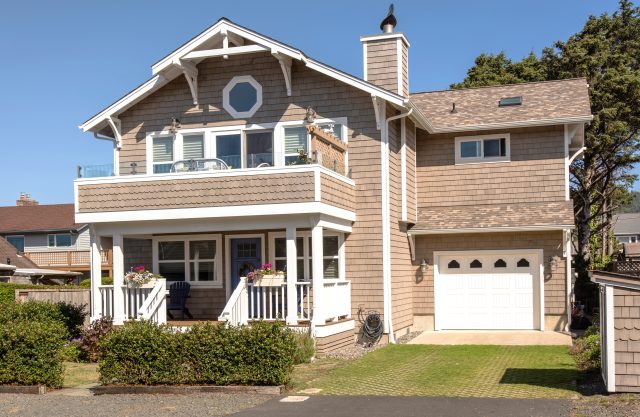
6. Best Exterior Materials for Rhode Island Homes
Given the various environmental challenges, selecting the right materials for your home’s exterior is crucial. Some of the best options include:
- Siding: Fiber cement, vinyl, or engineered wood to resist moisture and salt damage.
- Roofing: Architectural shingles, metal roofing, or slate for wind and UV resistance.
- Windows: Impact-resistant glass with weatherproof seals.
- Decking: Composite or pressure-treated wood for durability against moisture and sun exposure.
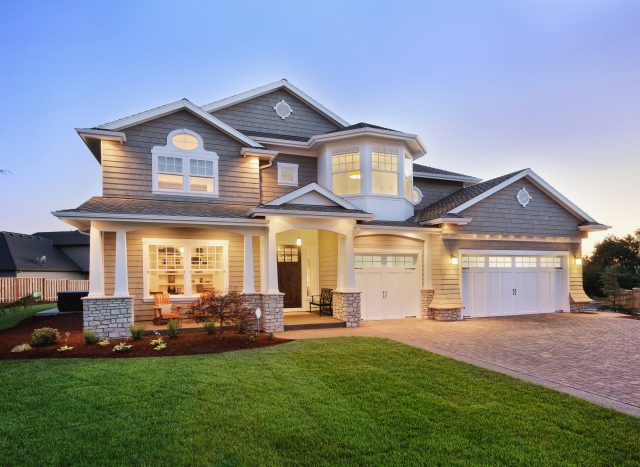
7. Regular Maintenance Tips for Long-Term Protection
Routine maintenance is key to ensuring your home withstands Rhode Island’s coastal climate. Here are some essential tips:
- Inspect and clean gutters regularly to prevent clogs and water damage.
- Wash your siding at least twice a year to remove salt and grime buildup.
- Check your roof after storms for loose or missing shingles.
- Trim nearby trees to prevent branches from damaging your home during high winds.
- Schedule annual inspections with a professional contractor to assess your home’s exterior condition.
Conclusion: Invest in Weather-Resistant Solutions
Rhode Island’s coastal climate presents unique challenges for homeowners, but with the right materials, maintenance, and proactive measures, you can protect your home from weather-related damage and enjoy all Rhode Island living has to offer. Whether you’re building a new home or upgrading your existing one, investing in durable, weather-resistant solutions will help you maintain your home’s beauty and structural integrity.
If you’re looking for expert advice on safeguarding your home’s exterior, contact Seaberg Construction today. Our team specializes in weatherproofing solutions tailored to Rhode Island’s coastal conditions.
To obtain your complimentary exterior renovation estimate and design ideas from Seaberg Construction, please complete the form available on our website: https://seabergconstruction.com/about-us-roofing-company/contact-us/
Read Seaberg Construction’s Google reviews left by homeowners like yourself: https://tinyurl.com/kkxwhx8k
Follow us on Facebook: www.facebook.com/seabergconstruction and Instagram: www.instagram.com/seabergconstruction to stay up-to-date with our current projects and news.
To obtain your complimentary estimate from Seaberg Construction, please complete the form available on our website: https://seabergconstruction.com/about-us-roofing-company/contact-us/
And, don’t forget to read our other blog posts for more home improvement tips and ideas: http://seabergconstruction.com/home-owners-information-center/

